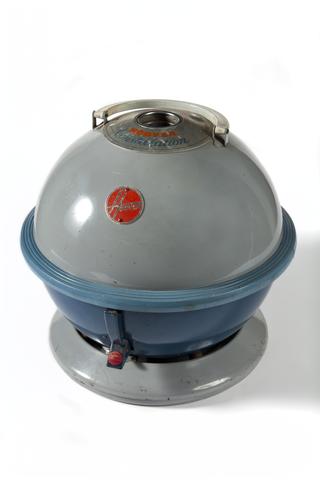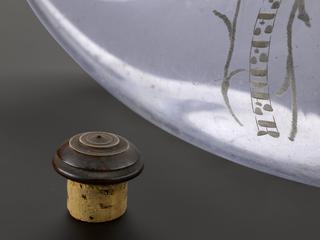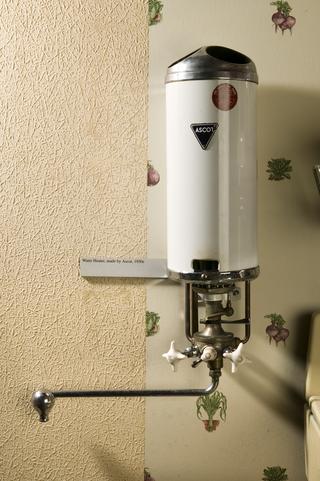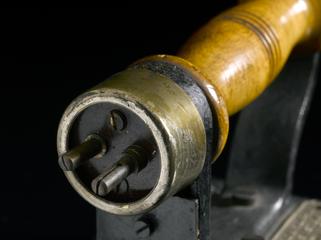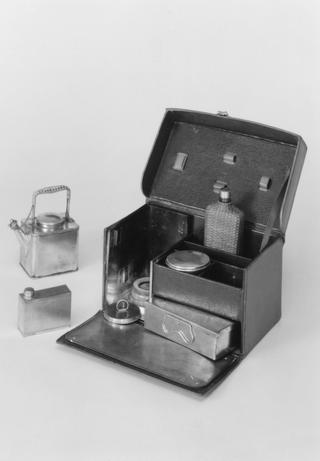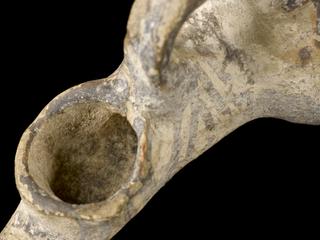
Model of street-sweeping machine.
- Made:
- 1850-1857 in United Kingdom




Scale model of a street-sweeping machine, also known as a besom cart, as designed by Joseph Whitworth and patented in 1842. Used on the streets of Manchester, the small number of full sized machines are credited as being the world's first mechanical street sweepers. The model was made in the United Kingdom, c.1850-1857
Engineer Joseph Whitworth introduced a horse-drawn street sweeping machine, also known as a besom cart, to Manchester, which he’d patented in 1842. With rapid industrialisation and urbanisation came filth and rubbish, and by the 1840s the streets of such cities were strewn with refuse.
This contemporaneous scale model was made by Whitworth’s company. In practice, the working machine was several metres long. The machine had a cylinder-like structure with brushes attached which were spun via a rotating chain linked to the cart’s wheels to create a continuous brushing action. Rubbish could then be gathered up by the brushes and deposited into a large storage container. Expensive and a little impractical, few machines were actually made, but they were indicative of the growing need to tackle street waste. In 1866 the Sanitary Act was passed, making local authorities responsible for regular street cleaning.
Details
- Category:
- Domestic Appliances
- Object Number:
- 1857-112
- Materials:
- steel (metal), brass (copper, zinc alloy), tin (metal), oak (wood), wood (unidentified), horse-hair and paint
- Measurements:
-
overall: 190 mm x 630 mm x 270 mm, Wt, 3.492kg
- type:
- historical model
- credit:
- Joseph Whitworth and Co.
